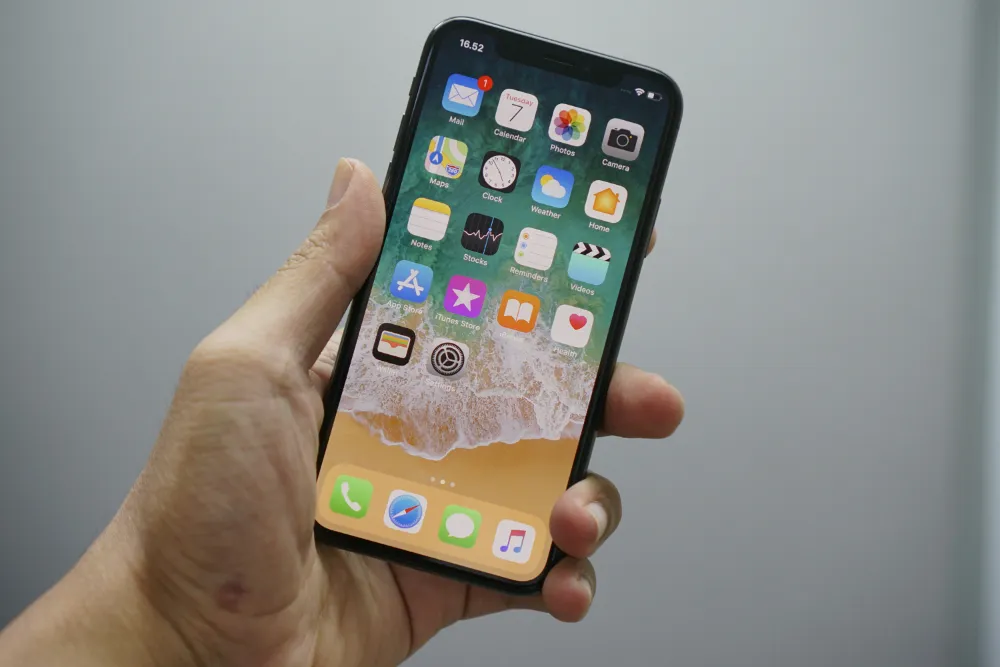eSIM
How Many eSIMs Can You Have On Your iPhone: The Ultimate Guide 2025
Ever wondered how many eSIMs your iPhone can actually handle?
You’re not alone.
With physical SIM cards becoming increasingly obsolete, understanding your iPhone’s eSIM capabilities has never been more important.
Let’s break down everything you need to know about managing multiple eSIMs on your device, from basic functionality to advanced setups.
Need An eSIM?
If you’re looking for an eSIM, check out our prepaid eSIM data plans for 200+ countries available.
What Is an eSIM and Why Should You Care?
An eSIM (embedded SIM) is basically a digital version of the traditional plastic SIM card that’s been a staple in mobile phones for decades. Unlike physical SIMs, eSIMs are built directly into your iPhone’s motherboard—no insertion or removal needed.
Think of an eSIM as a virtual SIM card that’s programmable. No more fumbling with those tiny SIM ejector tools or worrying about losing that minuscule piece of plastic when switching carriers.
The advantages are pretty significant:
- No physical SIM card to lose or damage
- Switch carriers with a few taps (no store visit required)
- Store multiple carrier profiles on one device
- Easier setup when traveling internationally
- More space inside your iPhone for other components
Which iPhone Models Support eSIM Technology?
Not all iPhones are created equal when it comes to eSIM support. If you’ve got a relatively recent model, you’re probably covered, but it’s worth checking the specifics.
The iPhone 14 series was particularly notable for making significant changes in this area. In fact, iPhone 14 models sold in the US completely eliminated the physical SIM tray, going all-in on eSIM technology.
Here’s a breakdown of eSIM support across iPhone models:
| iPhone Model | eSIM Support | Max eSIM Profiles | Max Active eSIMs |
|---|---|---|---|
| iPhone 15 Series | Yes | 8+ | 2 |
| iPhone 14 Series | Yes | 8+ | 2 |
| iPhone 13 Series | Yes | 8+ | 2 |
| iPhone 12 Series | Yes | 8+ | 2 |
| iPhone SE (2nd/3rd Gen) | Yes | 8 | 1 |
| iPhone 11 Series | Yes | 8 | 1 |
| iPhone XS/XS Max | Yes | 8 | 1 |
| iPhone XR | Yes | 8 | 1 |
Older models like the original iPhone SE or iPhone X and earlier don’t support eSIM at all, so you’ll be limited to physical SIM cards only.
How Many eSIMs Can You Actually Store and Use?
This is where things get interesting. There’s a difference between how many eSIMs you can store on your device and how many you can have active at once.
The iPhone 14 can hold up to eight eSIMs and dual active eSIMs. This means that you can have up to eight different eSIMs on your iPhone, and you can use two of them simultaneously for calls, messages, and data.
More recent reports suggest newer iOS updates might have expanded storage capacity to as many as 20 eSIM profiles on the latest iPhone models, though Apple hasn’t widely publicized this capability.
But here’s the key distinction:
- Stored eSIMs: These are all the carrier profiles saved on your device
- Active eSIMs: These are the ones currently enabled for use
For most modern iPhones (12 and newer), you can typically have two eSIMs active simultaneously. This is perfect if you want to maintain separate personal and business lines, or if you’re traveling and want to keep your home number while using a local data plan.
Dual SIM Functionality: Getting the Most From Your iPhone
Your newer iPhone supports dual SIM functionality in several configurations:
- Two active eSIMs (iPhone 13/14/15 series)
- One physical SIM + one eSIM (iPhone XS and newer with SIM tray)
The US versions of iPhone 14 and 15 only support dual eSIMs since they lack physical SIM trays entirely.
When you have dual SIMs active, you can:
- Choose which number to use for outgoing calls and messages
- Specify which line to use for cellular data
- Set a default line for specific contacts
This makes it incredibly useful in several scenarios. Maybe you want to separate work and personal communications, or perhaps you need reliable coverage in areas where one carrier outperforms another. You might even want to maintain your home number while traveling internationally but use a local eSIM for affordable data.
Adding and Managing Multiple eSIMs on Your iPhone
Setting up multiple eSIMs is actually pretty straightforward. You can manually enter eSIM information by following these steps:
- Go to Settings > Cellular > Add Cellular Plan
- Tap “Enter Details Manually”
- Input the provided information (SM-DP+ address, activation code, etc.)
Alternatively, most carriers provide QR codes that make activation even simpler. da
Managing Your Multiple eSIMs
Once you’ve got multiple eSIMs installed, managing them is pretty straightforward:
- Go to Settings > Cellular
- You’ll see all your plans listed
- Tap on any plan to see options for that specific line
- Use the “Default Voice Line” and “Cellular Data” settings to control which line is used when
Pro tip: You can label your eSIMs with names like “Work,” “Personal,” or “Travel” to keep them organized. This becomes especially useful when you have several stored on your device.
The Benefits of Having Multiple eSIMs
Having multiple eSIMs on your iPhone opens up some pretty convenient possibilities:
Seamless International Travel
No more hunting for local SIM cards or paying outrageous roaming fees. Before leaving home, you can add an eSIM for your destination country and activate it when you arrive. Keep your home number active for important calls while using the local eSIM for affordable data.
You can keep profiles for various countries stored and ready to activate as needed.
Work-Life Balance
Keep your personal and work numbers completely separate without carrying two phones. Use your work line during business hours, then easily switch to your personal line after hours.
Carrier Flexibility
Different carriers often have varying coverage strengths in different areas. With multiple eSIMs, you can quickly switch to whichever carrier offers the strongest signal wherever you happen to be.
Limitations to Consider
While eSIM technology is incredibly convenient, there are a few limitations to keep in mind:
Carrier Compatibility
Not all carriers support eSIM technology yet. While major carriers in developed countries typically offer eSIM options, smaller carriers or those in developing regions might still rely exclusively on physical SIMs.
If you’re planning to use multiple eSIMs, it’s worth checking if your preferred carriers support this technology. You’ll likely need to check with each carrier directly.
Device Restrictions
While your iPhone may support storing multiple eSIM profiles, you’re still limited in how many can be active simultaneously. Most models support just two active lines at once (whether eSIM + eSIM or eSIM + physical SIM).
Battery Considerations
Running dual active SIMs does consume slightly more battery power. The difference isn’t dramatic, but if you’re already struggling with battery life, be aware that dual SIM functionality might reduce your battery performance by a small margin.
eSIM technology represents a significant leap forward in how we connect our devices to cellular networks. The ability to store multiple eSIMs—up to eight or more on recent iPhone models—gives you unprecedented flexibility in managing your mobile connectivity.
Whether you’re a frequent international traveler, someone balancing work and personal communications, or just someone who appreciates having options, understanding your iPhone’s eSIM capabilities can help you get the most from your device.
Have you tried using multiple eSIMs on your iPhone yet? The technology has matured significantly with recent iOS updates, making it more accessible and user-friendly than ever before. If you’re still using only physical SIMs, it might be time to explore what eSIM can offer you.
Remember, the specific steps and capabilities may vary slightly depending on your iPhone model and iOS version. When in doubt, checking the official Apple support documentation for your specific device is always a good idea.







